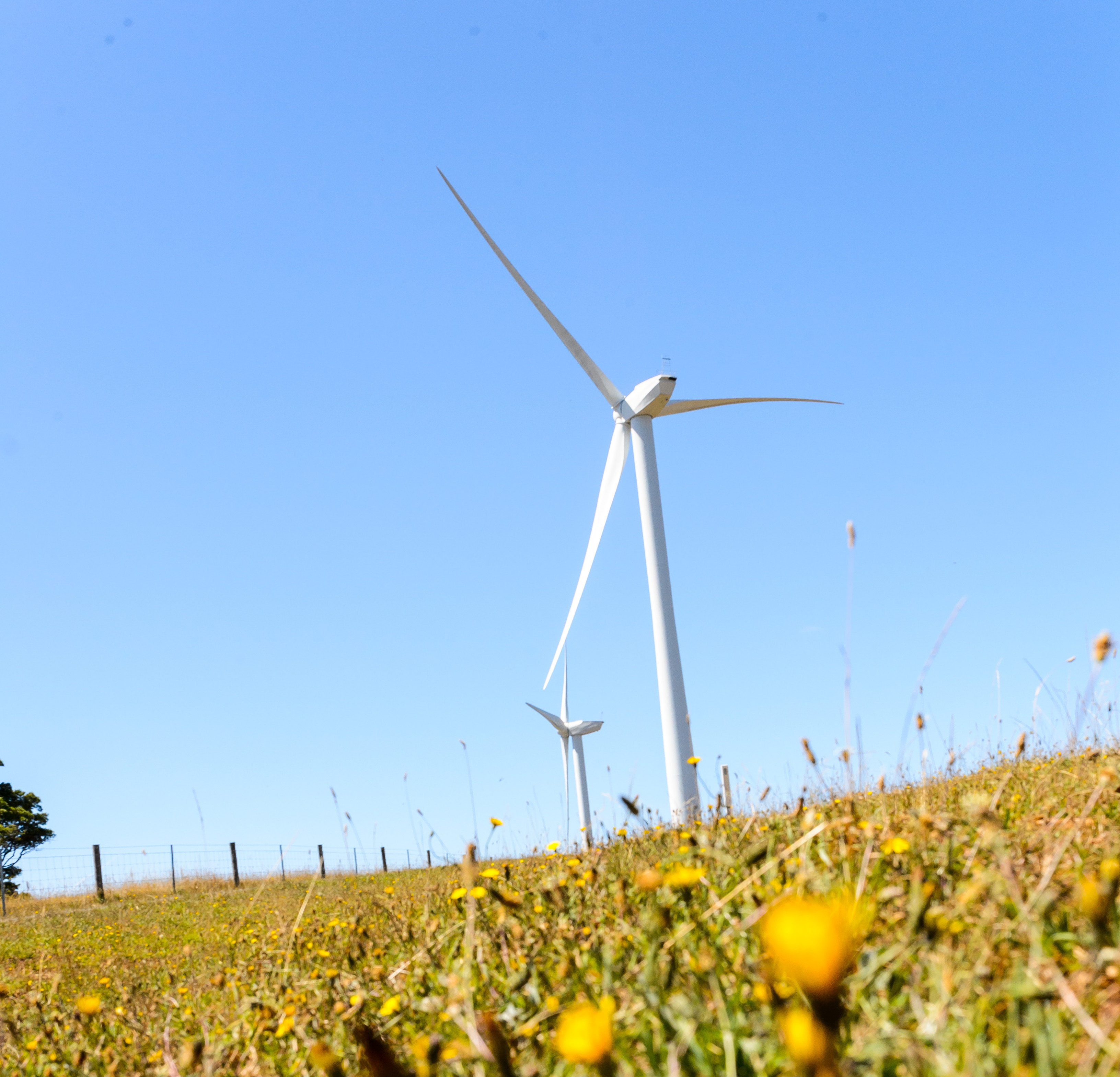Hepburn Wind is the owner and operator of Australia’s first community-owned wind farm, at Leonards Hill. This 4.1 MW wind farm hosts two turbines called Gale and Gusto, who produce enough clean energy for over 2000 homes. We spoke to Community Energy Advocate and Consultant Taryn Lane to find out more.
1. What makes your company Best For The World?
Our co-operative is Australia’s first community owned wind farm, located just outside of Daylesford in Central Victoria. Our co-operative is committed to distributing benefits from the wind farm with our community and environment.
Some of the ways we provide environmental and community benefits include:
– Our 4.1MW wind farm, which offsets the emissions of approximately 2,000 homes.
– Our Community Fund which has donated $247,526 to community projects over the past eight years.
– Our partnership in the Zero-Net Emission Transition (Z-NET) Pilot for the Hepburn Shire, working towards 100% renewables by 2025 and zero-net emissions by 2030.

2. What makes you stand out from other companies?
Business as usual is and has been inadequate for addressing the size and severity of our climate reality and worsening social inequality. As these issues worsen, many people in the community can feel isolated or unable to influence change.
Our co-operative has empowered community members to take action on environmental and social challenges. Whether it’s through becoming a Hepburn Wind member or through engaging with the Community Fund, we foster awareness that collective action can and does work.
3. How do you plan to celebrate?
Maybe we will have a picnic up at the wind farm.
4. Part of being “Best for the World” is striving to always use your business as a force for good. What initiatives do you have planned for the coming year to continue to be Best for the World?
Hepburn Wind has partnered in the Zero-Net Emission Transition (Z-NET) Pilot for the Hepburn Shire. This pilot has produced a number of outputs that will enable our shire to transition to 100% renewables by 2025 and zero-net emissions by 2030. Co-developed with the local community, the community transition plan offers practical and tailored strategies for each major sector (transport, agriculture, station energy, waste, industry, land-use) to de-carbonise.
5. What advice do you have for other B Corps and purpose-led businesses that want to improve their impact?
Get to know your community first. What do they want? What are their needs? Is your business providing the right service to meet that need?

